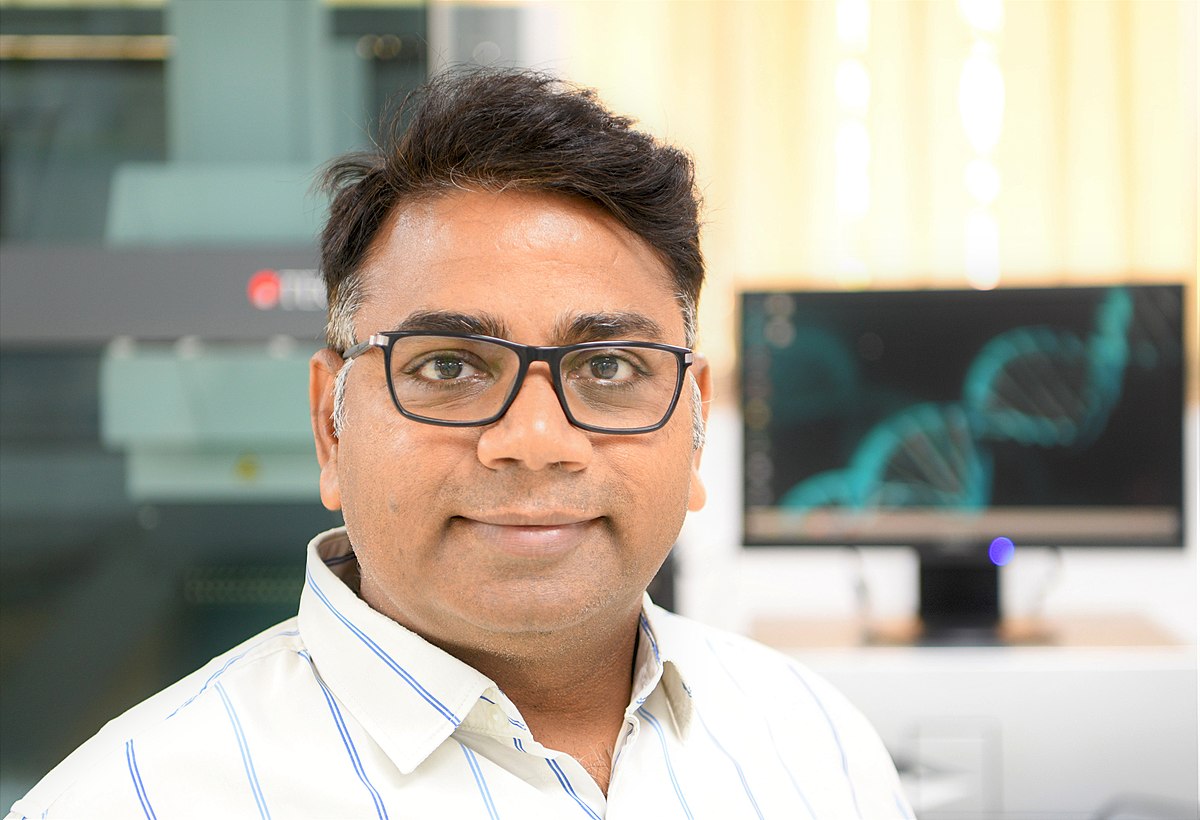About author
Prof. Rajeev Varshney is an agricultural scientist specializing in genomics, crop breeding, seeds system and capacity building with 20+ years of service in developing countries in sub-Saharan Africa and Asia. He is currently serving as Research Program Director- Accelerated Crop Improvement with ICRISAT, and International Chair in Agriculture & Food Security (Honorary) with Murdoch University (Australia).
Prof. Varshney has made centrally important contributions towards improving food and nutrition security in India and Africa by assembling genomes of ten major “orphan” tropical crops and additional genomic resources in pigeonpea, chickpea, groundnut and pearl millet. He has developed and integrated genomic technologies in crop improvement programs that have already delivered 11 superior crop varieties to some of the world’s poorest farmers. For his seminal contributions, Prof Varshney has received awards, fellowships and recognitions from several countries. Prof Varshney led the Tropical Legumes project, amongst others, as Principal Investigator for 7 years, implemented in 15 countries in Africa and Asia and won the 2021 Africa Food Prize to ICRISAT.

Research Program Director- Accelerated Crop Improvement, The International Crops Research Institute for the Semi-Arid Tropics (ICRISAT), Hyderabad. (https://cegsb.icrisat.org/ and https://www.icrisat.org/).
Professor, Murdoch University, Perth, Australia.
